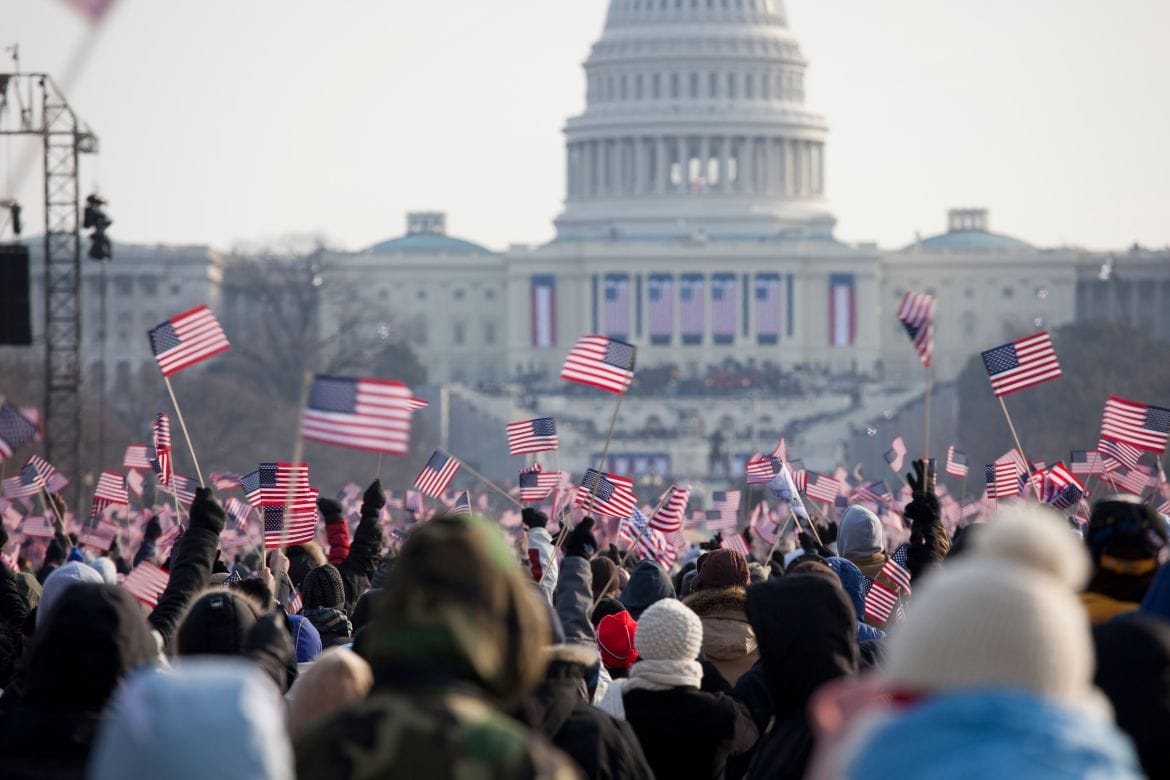National Lame Duck Day (February 6)

Every February 6th, National Lame Duck Day shines a spotlight on the often-overlooked political transition period between elections and inaugurations.
While it may not involve parades or celebrations, this quirky February holiday is a perfect excuse to dive into history and explore how leadership transitions shaped U.S. politics.
Whether you’re a history buff or just looking for weird holidays to celebrate in February, this one has plenty to teach—and even more to discuss!

When Is the Holiday?
National Lame Duck Day is celebrated annually on February 6th, marking a historical moment in U.S. politics tied to the presidential transition period.
Who Invented It?
The origins of National Lame Duck Day remain unclear, but its observance likely stems from the political and historical significance of the term “lame duck.”
The phrase dates back to 18th-century financial markets before being adopted in American politics.
The Significance of National Lame Duck Day
National Lame Duck Day, observed on February 6th, shines a light on the fascinating process of political transitions in the U.S.
While not celebrated with fireworks or fanfare, this day offers a chance to reflect on how democracy navigates the delicate balance of outgoing and incoming leadership.
It’s a reminder of the challenges and opportunities during this transitional period, where outgoing officials, or “lame ducks,” hold office briefly before handing over power.

Origins of the Term “Lame Duck”
The term “lame duck” has an unusual history that began in 18th-century English stock exchanges.
Back then, it described investors unable to pay their debts, much like a bird unable to fly.
Over time, the phrase migrated to politics, where it now refers to officials nearing the end of their terms.
By the 19th century, it was commonly used in the U.S. to describe those with dwindling influence as they prepared to leave office.

Historical Context of Presidential Transitions
Before the 20th Amendment shortened the timeline, presidential transitions were lengthy.
In the early 20th century, presidents-elect waited until March to take office, leaving outgoing presidents in limbo.
This often led to ineffective governance, especially during crises like the Great Depression.
For instance, in 1933, Herbert Hoover’s limited power during the lame duck period delayed critical economic action until Franklin D. Roosevelt’s inauguration.
Today, the shortened transition reflects a more efficient process, though challenges still remain.

Top 5 Facts About the Holiday
- The term “lame duck” originated in 18th-century stock trading.
- It became associated with politics in the mid-19th century.
- The 20th Amendment, ratified in 1933, shortened the lame duck period.
- National Lame Duck Day is a uniquely American observance.
- It invites reflection on the importance of seamless power transitions.

Celebrating the Day
National Lame Duck Day is an opportunity to explore the historical and political complexities of presidential transitions.
It’s also a great chance to engage in meaningful activities that promote learning and reflection. Here are some ideas to commemorate the day:
- Dive into History: Research key presidential transitions, such as the Hoover-Roosevelt handover during the Great Depression, and discuss their impact on governance.
- Host Discussions: Organize forums or family conversations about the challenges of the lame duck period and how reforms like the 20th Amendment changed the political landscape.
- Civics in Action: Educate students about the presidential transition process through hands-on activities, such as creating timelines or mock debates about the pros and cons of the period.
- Engage Young Learners: Share children’s books about U.S. presidents to make the topic more relatable. Encourage them to reflect on the importance of smooth transitions in leadership.
- Stay Updated: Follow news about current presidential transitions and analyze decisions made during this time. Use these examples to spark discussions about leadership and governance.
- Creative Expression: Design “lame duck” themed crafts or activities for kids, such as coloring pages or a fun quiz about historical transitions.
- Host a Movie Night: Watch documentaries or films about presidential history and discuss their relevance to the day.
These activities encourage reflection, education, and conversation, making National Lame Duck Day both engaging and insightful for all ages.

Related Holidays
- Presidents’ Day: Honoring U.S. presidents and their leadership legacies.
- Constitution Day: Celebrating the signing of the U.S. Constitution.
- Election Day: A pivotal moment in the democratic process.
Pin it!
Share this post about National Lame Duck Day on Pinterest!

